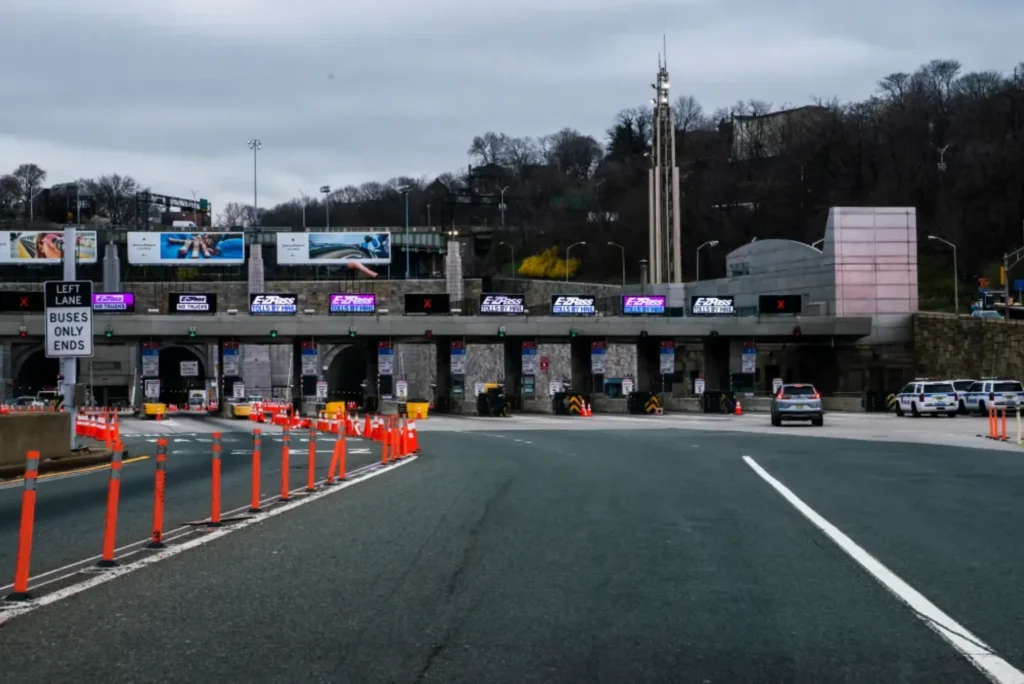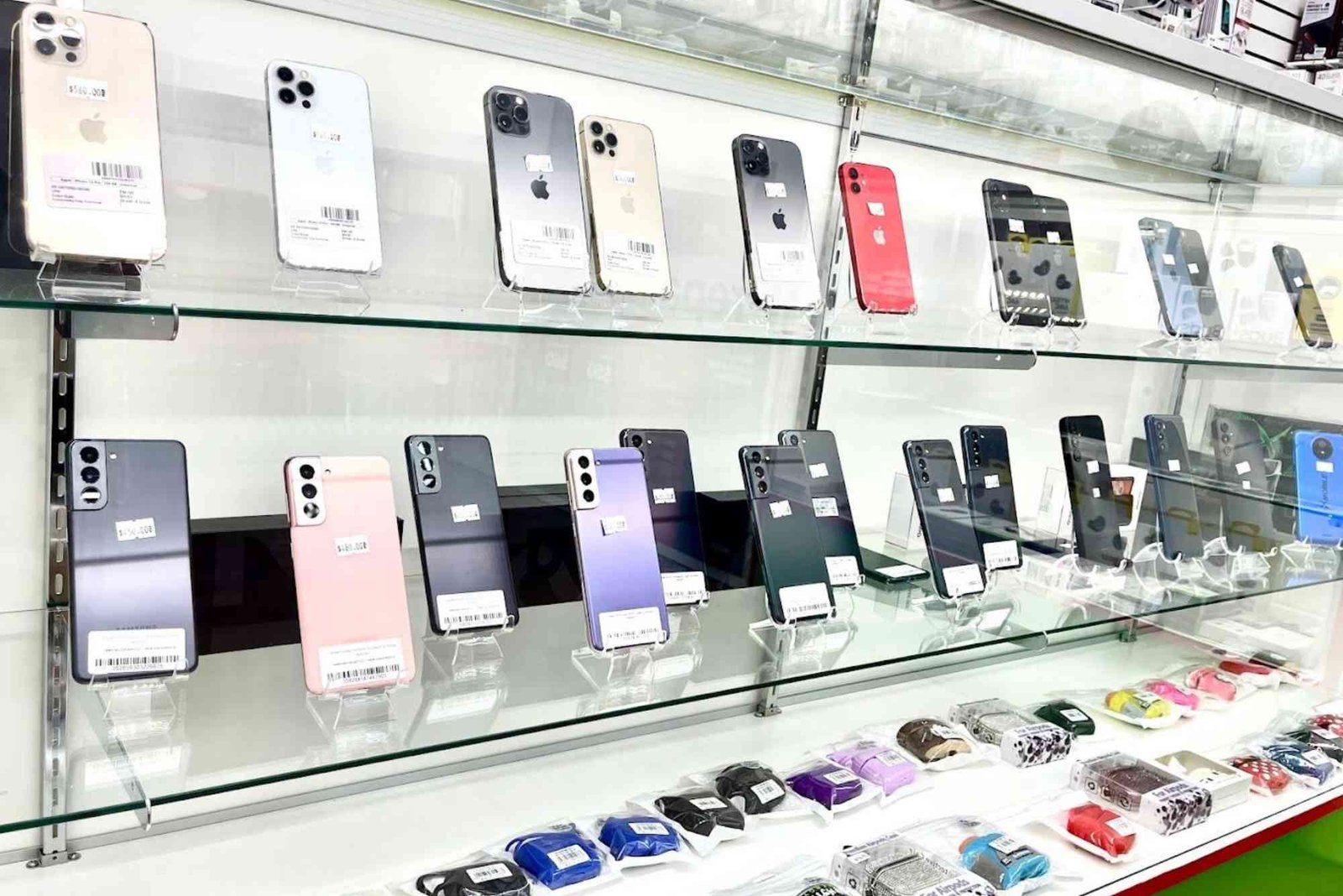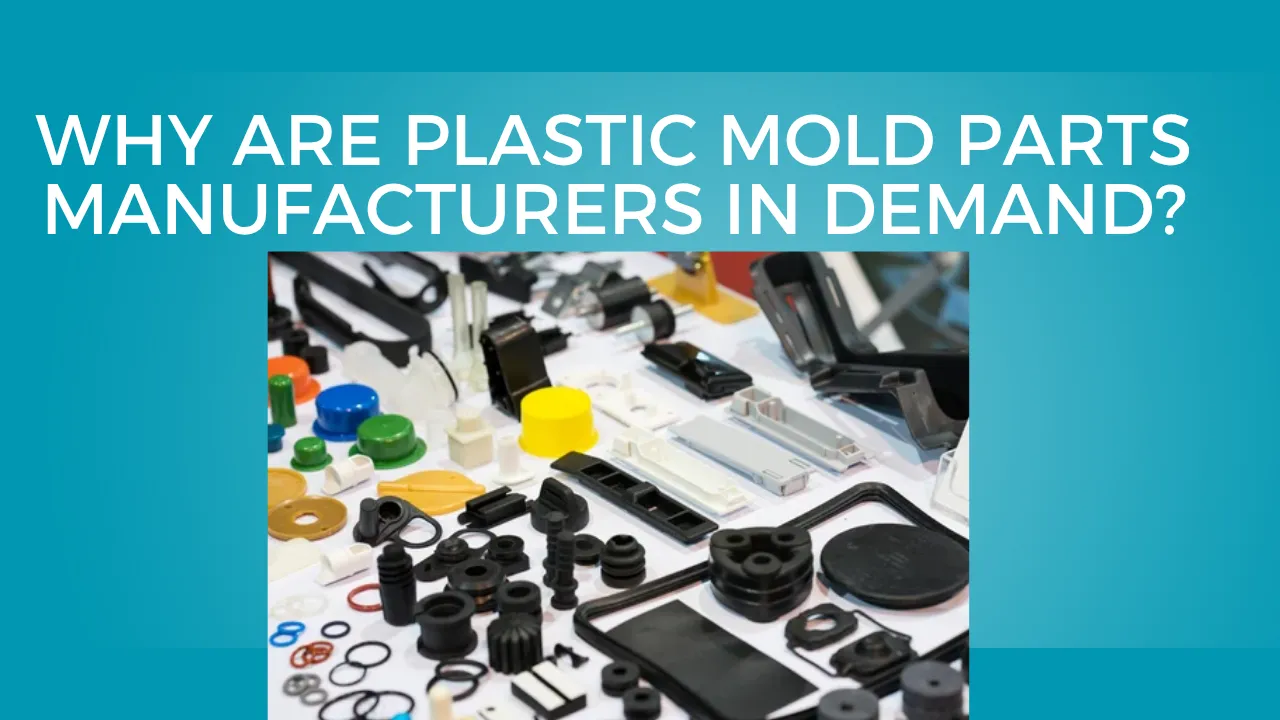The Holland Tunnel is one of the most important transportation links in the United States. It connects New York City to Jersey City, New Jersey, offering a direct route for travelers crossing the Hudson River. With such a high volume of traffic every day, understanding the toll price for using the tunnel is essential for anyone planning to travel. In this article, we will explore the details of the Holland Tunnel toll price, what factors affect the cost, the various payment methods available, and other important information to help you plan your journey effectively.
Overview of the Holland Tunnel
The Holland Tunnel is a twin-tube tunnel that runs under the Hudson River, linking Lower Manhattan in New York to Jersey City in New Jersey. It opened in 1927 and has since been a critical route for both commuters and long-distance travelers. Due to its significance, the tunnel requires regular maintenance and upgrades, which are funded by the tolls collected from vehicles using the tunnel. The toll price is managed by the Port Authority of New York and New Jersey, which also operates other major transportation routes in the region.
Understanding the Toll Price for the Holland Tunnel
The toll price for the Holland Tunnel depends on several factors, including the type of vehicle you are driving, the payment method, and the time of day. Let’s break down the current toll prices and what influences them.
Passenger Vehicles
Most travelers using the Holland Tunnel are driving passenger vehicles. The toll rates for these vehicles vary depending on the method of payment you choose. Here is a breakdown of the toll prices for passenger vehicles:
If you use an E-ZPass, the toll price is set at a reduced rate.
For those using Toll-by-Mail, the toll price is slightly higher than if you use E-ZPass.
Commercial Vehicles
Commercial vehicles, including trucks and buses, are subject to higher toll prices because they contribute more to wear and tear on the tunnel. The toll for commercial vehicles is usually based on the number of axles the vehicle has. Depending on the size and weight of the vehicle, the toll price can range from a few dollars to much higher amounts. Commercial vehicles generally pay more to compensate for the additional maintenance needed for the tunnel infrastructure.
Motorcycles
Motorcycles, being smaller vehicles, have a lower toll price compared to cars and trucks. The toll for motorcycles is also usually discounted for those using E-ZPass, and it remains more affordable than the rates for passenger cars and commercial vehicles.
Residents of New Jersey

Residents of New Jersey who use the Holland Tunnel regularly may qualify for special toll discounts. These discounts are typically offered to encourage frequent travelers to sign up for E-ZPass and are designed to reduce the cost of daily commuting for those who live in the area. It is a good idea to check with the Port Authority to confirm eligibility for any resident discounts before using the tunnel.
Time of Day
The toll prices for the Holland Tunnel can fluctuate based on the time of day. Typically, during peak traffic hours, which are in the morning and evening when commuters are traveling, the toll prices are slightly higher. This is because more vehicles are using the tunnel during these busy times, and the Port Authority may raise tolls to manage the volume of traffic. Off-peak hours tend to have lower toll rates, and traveling during these times can be both less costly and faster.
Payment Methods for the Holland Tunnel Toll
The method you choose to pay the toll can significantly affect how quickly you can pass through the tunnel and the amount you pay.
E-ZPass
E-ZPass is the most efficient and affordable way to pay for the toll when using the Holland Tunnel. The system uses an electronic transponder that is placed on your vehicle’s windshield. As you drive through the tolling points, the toll is automatically deducted from your prepaid E-ZPass account. E-ZPass users are generally offered the lowest toll rates, and they also avoid delays caused by cash toll booths. E-ZPass is widely accepted at toll facilities throughout the region, making it the most popular payment method for frequent travelers.
Toll-by-Mail
If you do not have an E-ZPass, you can opt for the Toll-by-Mail system. This method involves the toll being billed to the vehicle’s registered owner after passing through the tunnel. The toll rates for Toll-by-Mail are typically higher than the rates for E-ZPass users. Additionally, there can be additional charges if the toll is not paid on time, and failure to pay within the required period could result in penalties.
Cashless Tolling
As part of an initiative to reduce congestion and improve traffic flow, the Port Authority has implemented cashless tolling at the Holland Tunnel. This means that there are no longer toll booths where drivers can pay with cash. Instead, all vehicles must either use E-ZPass or opt for Toll-by-Mail. This system is designed to improve the flow of traffic and eliminate delays caused by manual toll collection.
Pay-By-Plate
Another payment option available to those who do not use E-ZPass is the Pay-By-Plate system. This system captures an image of the vehicle’s license plate as it passes through the tolling point. The toll is then billed to the vehicle’s registered owner. This method can be useful for those who do not have an E-ZPass but still need to pay the toll electronically.
Factors That Affect the Holland Tunnel Toll Price
Several factors influence the toll price for the Holland Tunnel. These include the type of vehicle, the payment method, traffic patterns, and occasional toll increases.
Traffic Congestion
One of the main factors that can affect the toll price is the level of traffic congestion. During peak hours, when traffic is heaviest, the toll prices are often higher. This is done in an effort to manage traffic flow and encourage drivers to use the tunnel during off-peak hours. Dynamic pricing strategies can sometimes be employed, where toll rates fluctuate depending on the traffic conditions at any given time. The goal of this pricing strategy is to ease congestion and ensure a smooth travel experience for all users.
Toll Increases
Over time, the toll prices for the Holland Tunnel may increase to account for inflation, rising maintenance costs, or other factors. When toll rates increase, they are typically announced in advance, giving travelers ample time to adjust their plans. It is important to stay informed about toll increases so that you can anticipate any changes in the cost of using the tunnel.
Vehicle Type
The toll for the Holland Tunnel varies depending on the type and size of the vehicle. Larger vehicles, such as trucks and buses, are typically charged higher tolls because they put more strain on the tunnel’s infrastructure. The number of axles on a vehicle can also influence the toll price, with more axles generally resulting in higher toll charges. Smaller vehicles, such as motorcycles, pay lower tolls compared to passenger cars and larger vehicles.
Technology Upgrades
The tolling system for the Holland Tunnel continues to evolve as new technologies are developed. Future upgrades may change the way tolls are collected or introduce new pricing models. For instance, improvements in dynamic pricing could make toll prices more variable depending on real-time traffic conditions. These technological advancements are designed to make toll collection more efficient and reduce congestion.
Understanding the Holland Tunnel toll price is essential for anyone traveling through the tunnel. Whether you are a commuter, a tourist, or a business owner, knowing the toll rates and available payment methods can help you plan your journey and budget accordingly. The toll price varies based on factors such as vehicle type, time of day, and payment method, so it’s important to be prepared for your trip. By using E-ZPass, you can enjoy the lowest toll rates and avoid delays, while Toll-by-Mail and Pay-By-Plate offer alternatives for those without an E-ZPass. With ongoing updates and improvements to the tolling system, staying informed about the current rates and payment options will ensure a smooth travel experience across the Hudson River.








